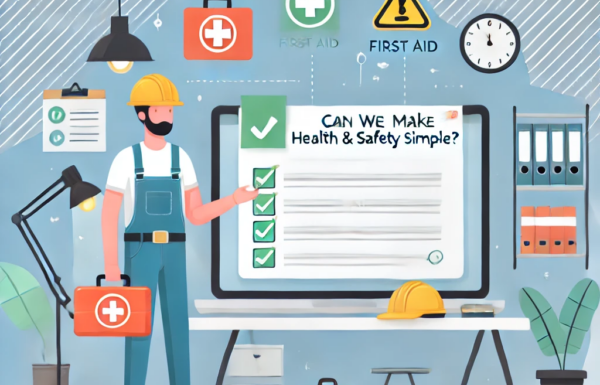
M Boughton – Compliance Standard Group
5th May 2023
The Regulatory Reform (Fire Safety) Order 2005 (FSO), in articles 13, 15 and 18, requires the responsible person to appoint one or more competent persons to assist them in undertaking preventative and protective measures. Fire wardens and marshals are competent persons who have been appointed to undertake these measures.
As a legal minimum, you should conduct at least one fire drill per year and record the results. You must keep the results as part of your fire safety and evacuation plan. You also need to train new staff when they start work and tell all employees about any new fire risks.
The Regulatory Reform (Fire Safety) Order 2005 (FSO) does not instruct organisations how to conduct its evacuation process. It has never been a requirement to conduct either Roll Calls or Sweeps. It depends on your fire safety strategy and your fire evacuation policy. The most important consideration is that it works and should be assessed by practical methods (Fire Drills).
Implementing a fire roll call system helps to boost fire safety considerably. However, whilst extremely useful, it’s important to note that this approach is not 100% effective as there is still room for human error.
A full sweep of the premises by allocating zones to each of your fire marshals (or suitably trained & competent staff) is likely the most effective means of ensuring a building is fully evacuated. You should also be sure to allow for appropriate holiday and sick cover so there will always be enough marshals on site.
The best possible system to employ would be to combine both a fire marshal sweep with fire roll call system. This will allow you to immediately identify people particularly at risk whilst ensuring that no visitors remain within the building through the fire marshal sweep.
On a site with 300 plus employees, a combination of these two systems may be considered essential.
Article 15 of The Regulatory Reform (Fire Safety) Order 2005 states:
15.—(1) The responsible person must
(a)establish and, where necessary, give effect to appropriate procedures, including safety drills, to be followed in the event of serious and imminent danger to relevant persons;
(b)nominate a sufficient number of competent persons to implement those procedures in so far as they relate to the evacuation of relevant persons from the premises; and
(c)ensure that no relevant person has access to any area to which it is necessary to restrict access on grounds of safety unless the person concerned has received adequate safety instruction.
So, the easy answer is, it’s up to the Responsible Person and the organisation to decide the best method (s) to ensure a safe evacuation from a premises which should be determined via a Risk Assessment, Fire Risk Assessment, or a combination of both.



























